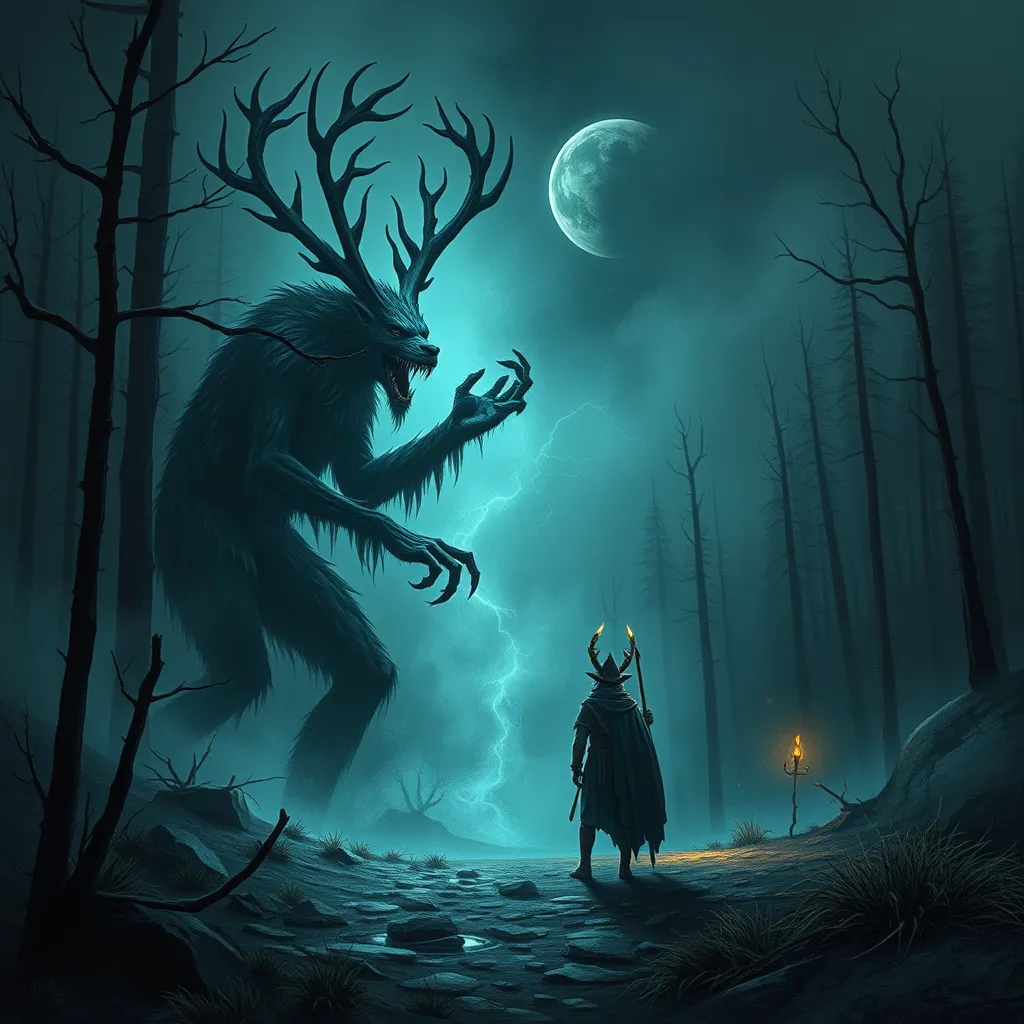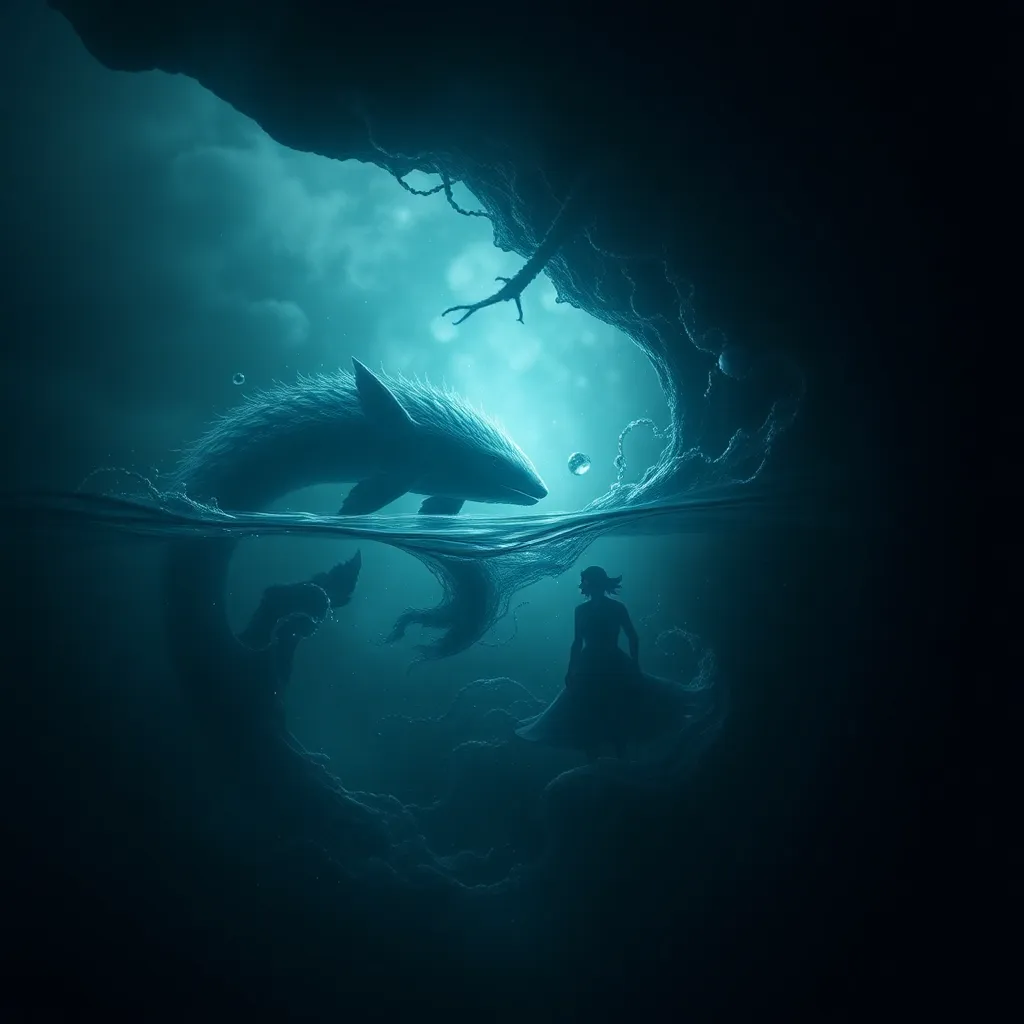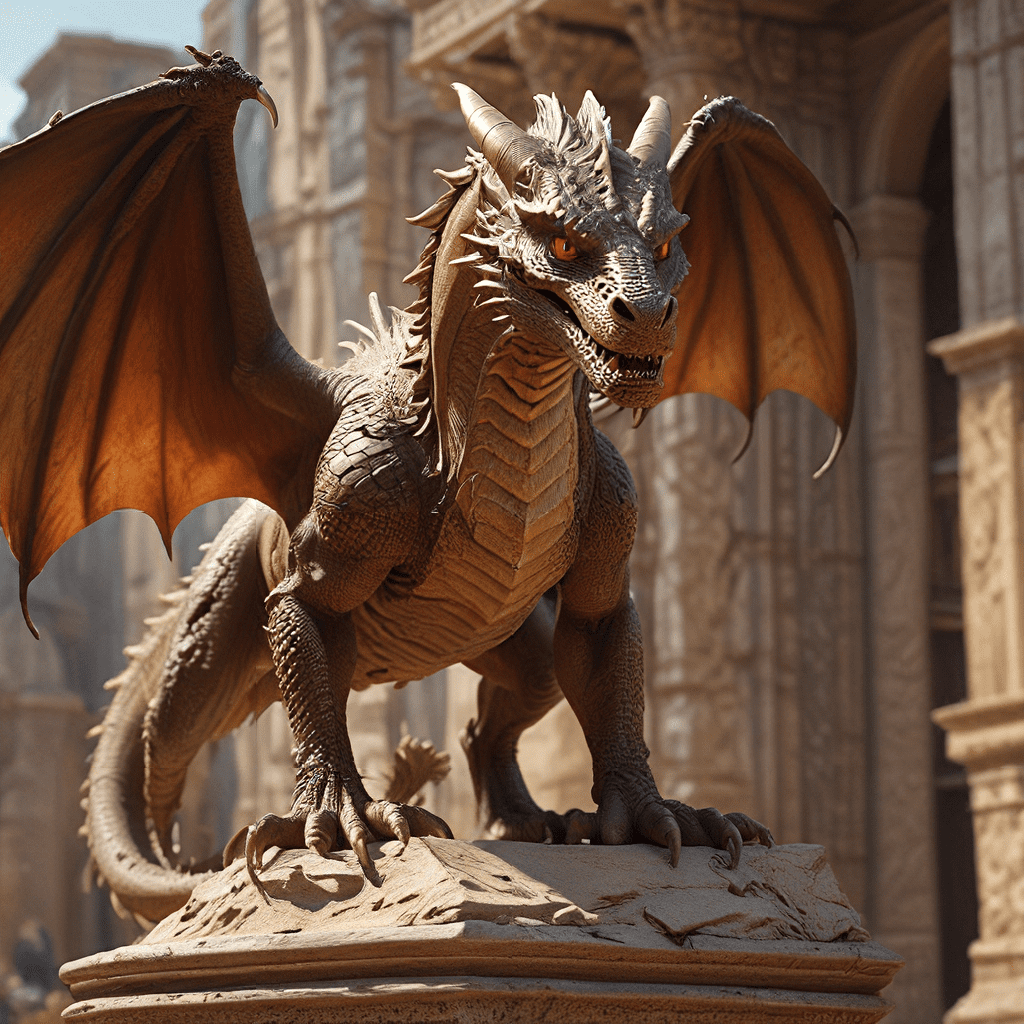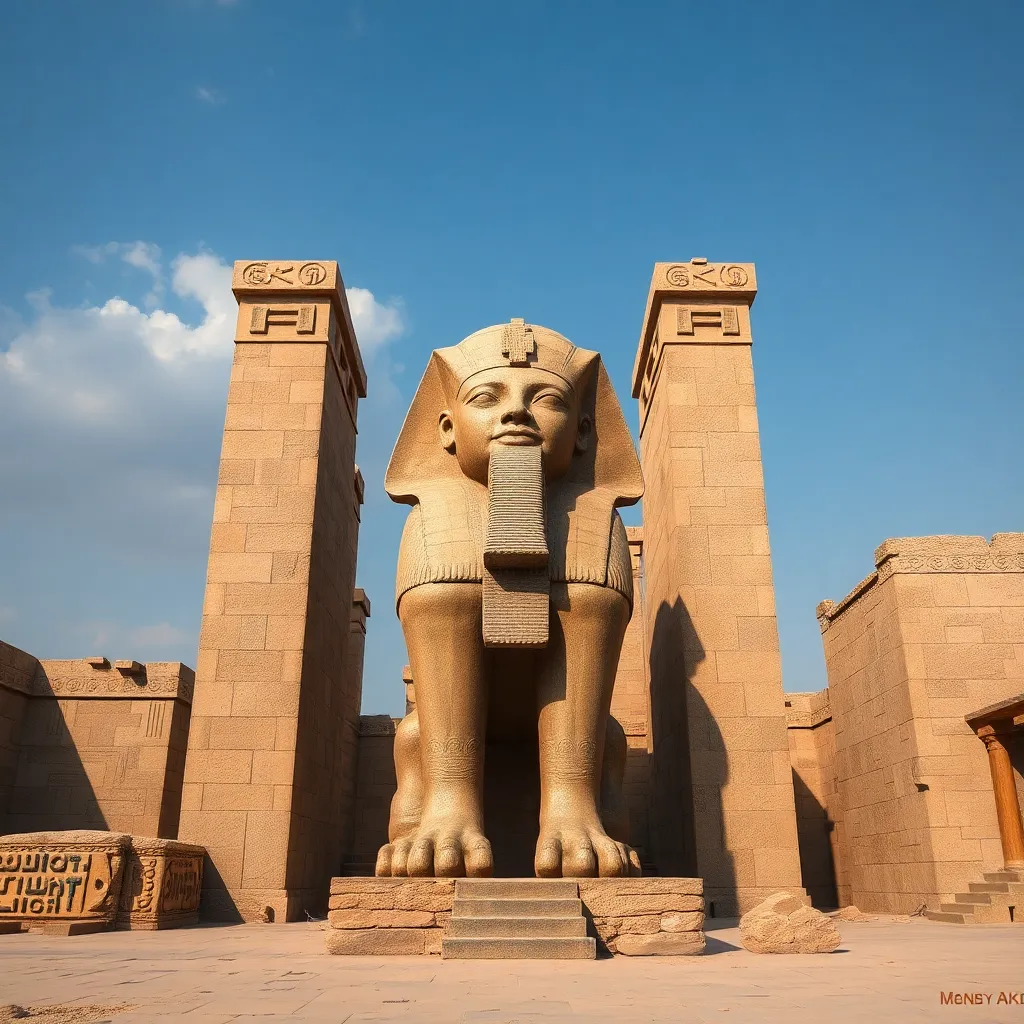Wendigo and the Supernatural: A Look at the Role of Spirits and Demonic Entities
I. Introduction
The Wendigo is a legendary creature rooted in the folklore of the Algonquian tribes of North America. Often depicted as a malevolent spirit associated with winter, starvation, and greed, the Wendigo symbolizes excess and the consequences of unchecked desires. Its folklore represents a significant aspect of the supernatural beliefs held by Indigenous cultures, reflecting their understanding of the world and the balance between humanity and nature.
This article aims to explore the intersection of Wendigo lore and the concept of demonic entities, shedding light on the cultural, psychological, and spiritual dimensions of this intriguing figure.
II. The Origins of Wendigo Mythology
The origins of Wendigo mythology can be traced back to the historical context and cultural significance of the Algonquian peoples. The Wendigo is believed to have emerged as a response to the harsh realities of survival in the northern wilderness, where starvation was a constant threat.
For the Algonquian tribes, the Wendigo is not just a monster but a cautionary figure that embodies the dangers of greed and the violation of societal norms. The legend has evolved over time, influencing and being influenced by the cultural narratives surrounding it.
A. Historical context and cultural significance
Historically, the Wendigo was seen as a spirit that could possess humans, turning them into cannibalistic monsters driven by insatiable hunger. This belief served as a warning against selfishness and the breakdown of community ties, which were essential for survival in harsh environments.
B. Connection to Algonquian tribes and their spiritual beliefs
The Wendigo is deeply embedded in the spiritual beliefs of the Algonquian tribes. It represents a moral lesson: to respect nature and the community, as violating these principles could lead to dire consequences.
C. Evolution of the Wendigo legend over time
Over the years, the Wendigo legend has adapted to modern contexts, taking on new meanings while still retaining its core elements. It has become a symbol in contemporary discussions surrounding mental illness and addiction, illustrating the continuing relevance of Indigenous narratives.
III. Characteristics of the Wendigo
The Wendigo is often described with distinct physical attributes and behavioral traits that contribute to its fearsome reputation. Understanding these characteristics provides insight into its role in folklore.
A. Physical attributes and descriptions
Descriptions of the Wendigo vary, but common features include:
- A gaunt, emaciated appearance, often depicted as being excessively thin.
- Long limbs and an elongated face, sometimes with antlers.
- Skin that is gray or ash-colored, giving it a ghostly appearance.
B. Behavioral traits and psychological implications
The Wendigo is characterized by its relentless hunger for human flesh, symbolizing the destructive nature of greed. This insatiability serves as a metaphor for the psychological struggles individuals face when they succumb to their darker impulses.
C. Symbolism of hunger and insatiability
The Wendigo’s hunger represents not only physical craving but also a deeper spiritual and emotional void. It reflects the dangers of excess and the moral decay that can result from prioritizing personal desires over communal well-being.
IV. The Wendigo as a Representation of Fear
Fear plays a crucial role in Indigenous narratives, and the Wendigo is a central figure in conveying these fears. Its presence serves as a reminder of the consequences of human actions and the importance of adhering to cultural values.
A. The role of fear in Indigenous narratives
Fear is often used as a narrative device to teach lessons and instill a sense of caution among community members. The Wendigo embodies these fears, acting as a cautionary tale against greed and the abandonment of social ties.
B. The Wendigo as a cautionary tale against greed and excess
The story of the Wendigo warns against the dangers of selfishness and the pursuit of personal gain at the expense of others. It emphasizes the need for balance and harmony within the community.
C. Psychological interpretations of the Wendigo phenomenon
Modern psychological interpretations of the Wendigo phenomenon explore its representation of mental health issues, particularly in relation to addiction. The Wendigo serves as a metaphor for the consuming nature of addiction and the social isolation it can bring.
V. Spiritual Entities in Indigenous Beliefs
Indigenous cultures are rich with beliefs in spiritual entities, each playing a unique role in the lives of the people. Understanding these spiritual beliefs provides context for the significance of the Wendigo.
A. Overview of spirits and their roles in various Indigenous cultures
Spirits in Indigenous beliefs are often seen as guardians, ancestors, or nature spirits that influence the lives of humans. They are integral to the spiritual and cultural practices of Indigenous communities.
B. Comparisons between the Wendigo and other supernatural beings
While the Wendigo is unique, it shares similarities with other supernatural beings across cultures, such as:
- The European concept of the vampire, representing insatiable hunger.
- Other cannibalistic figures in folklore that serve as warnings against moral decay.
C. The significance of balance between humans and the spirit world
In many Indigenous cultures, maintaining a balance between humans and the spirit world is vital. The Wendigo serves as a reminder of what can happen when this balance is disrupted, emphasizing the importance of respect for nature and community.
VI. The Wendigo and European Demonology
Exploring the connections between Wendigo mythology and European demonology reveals fascinating parallels and cultural exchanges that have influenced folklore on both sides.
A. Similarities between Wendigo and European demonic entities
There are notable similarities between the Wendigo and various European demonic entities, including their associations with cannibalism, possession, and moral corruption.
B. Cultural exchanges and adaptations in folklore
With colonization and cultural exchanges, the Wendigo legend has adapted to include elements from European folklore, resulting in a hybrid mythology that reflects shared human fears.
C. The influence of colonization on the perception of the Wendigo
Colonization has impacted the portrayal of the Wendigo, leading to its misrepresentation in popular culture as merely a monster, rather than the complex figure rooted in Indigenous beliefs.
VII. Modern Interpretations and Representations
The Wendigo has found a place in contemporary media and literature, evolving beyond its traditional roots into a symbol of broader issues.
A. The Wendigo in contemporary media and literature
In modern horror films, literature, and games, the Wendigo is often depicted as a monstrous entity, reflecting societal fears around consumption and addiction.
B. Changes in the portrayal of the Wendigo in popular culture
While early portrayals focused solely on horror, contemporary interpretations often delve into its psychological and cultural significance, highlighting themes of isolation and moral consequences.
C. Ongoing relevance of Wendigo mythology in discussions of mental health and addiction
The Wendigo serves as a powerful metaphor in discussions about mental health, particularly regarding addiction and the psychological struggles associated with it. It reminds us of the importance of community and support in overcoming personal demons.
VIII. Conclusion
In conclusion, the Wendigo occupies a significant place in supernatural beliefs, representing a complex interplay of fear, morality, and spirituality. Its enduring legacy underscores the importance of preserving Indigenous narratives and understanding their cultural significance.
As we reflect on the Wendigo’s role in mythology and human experience, it becomes clear that such stories are not merely relics of the past but vital components of contemporary discussions about morality, community, and the human condition.



